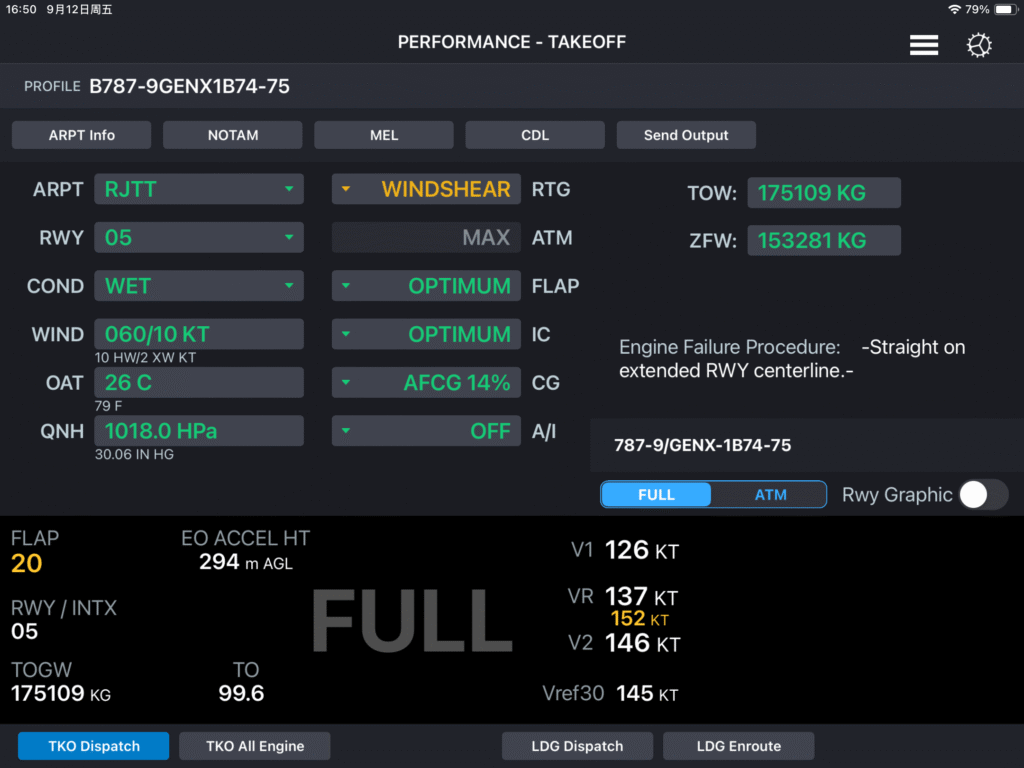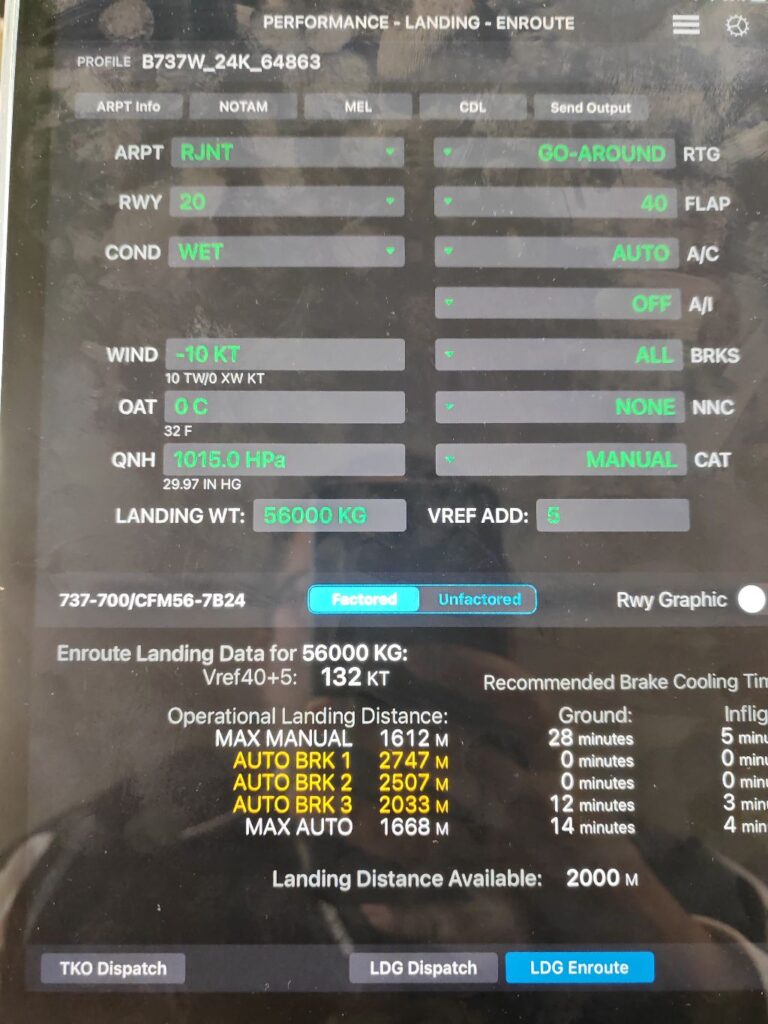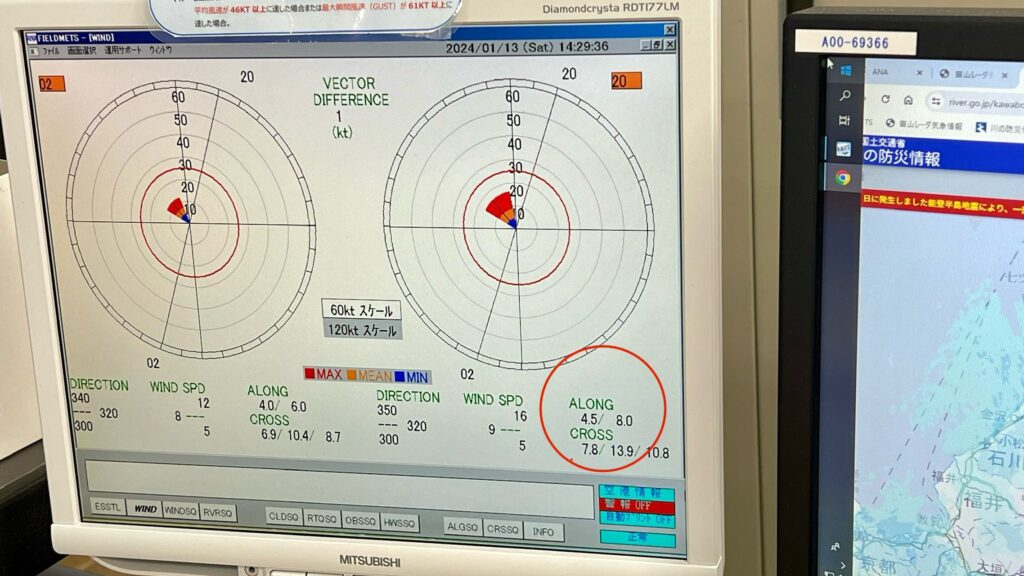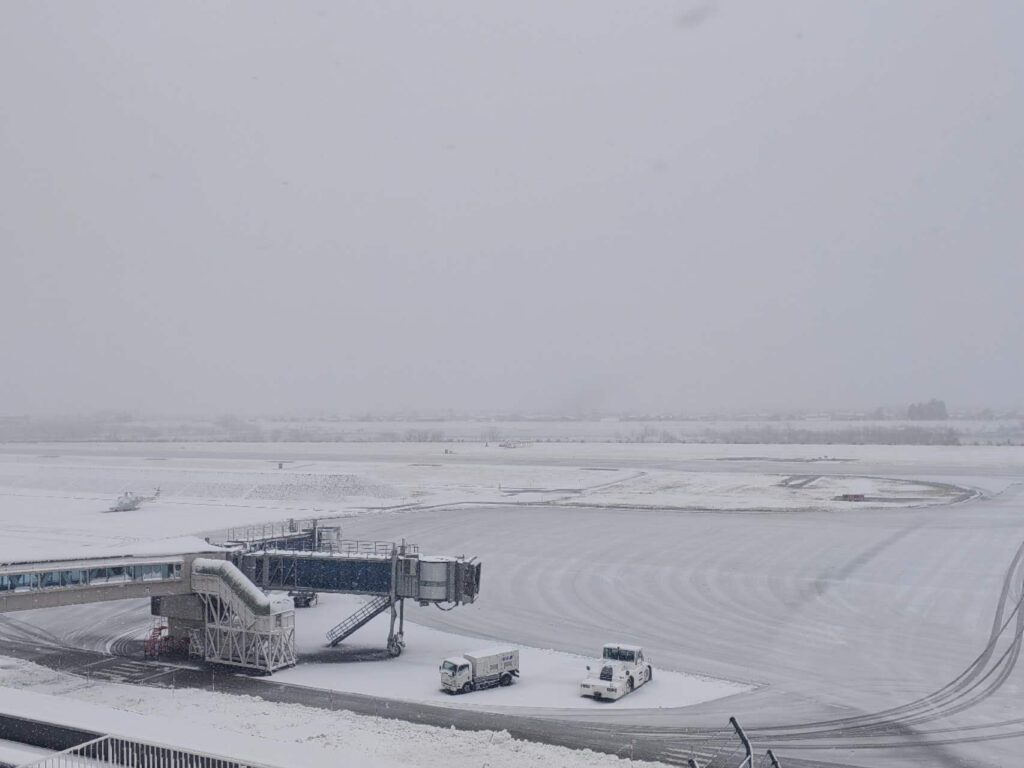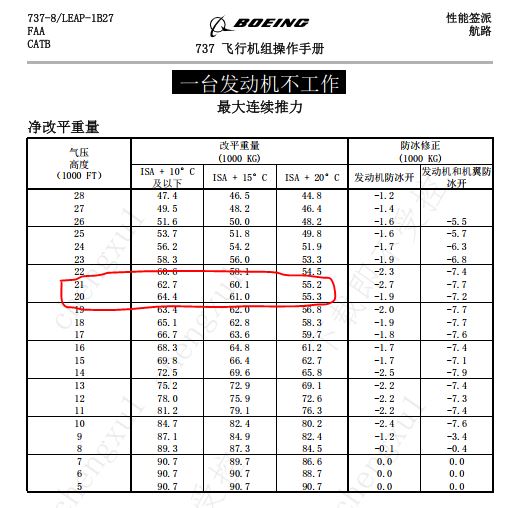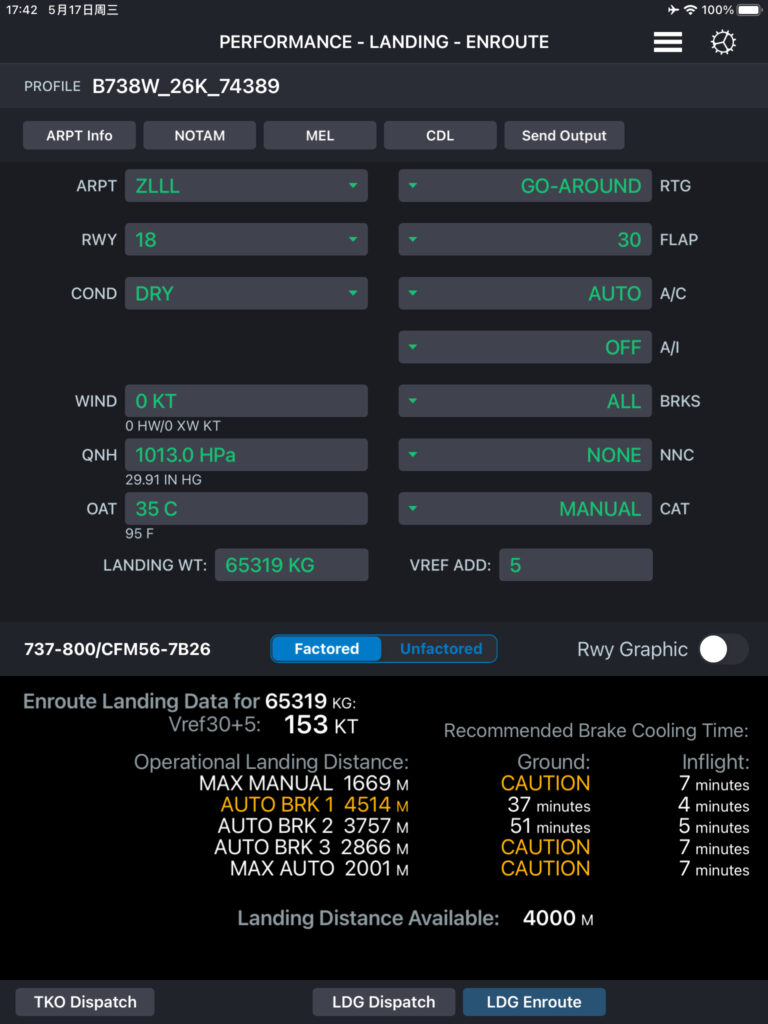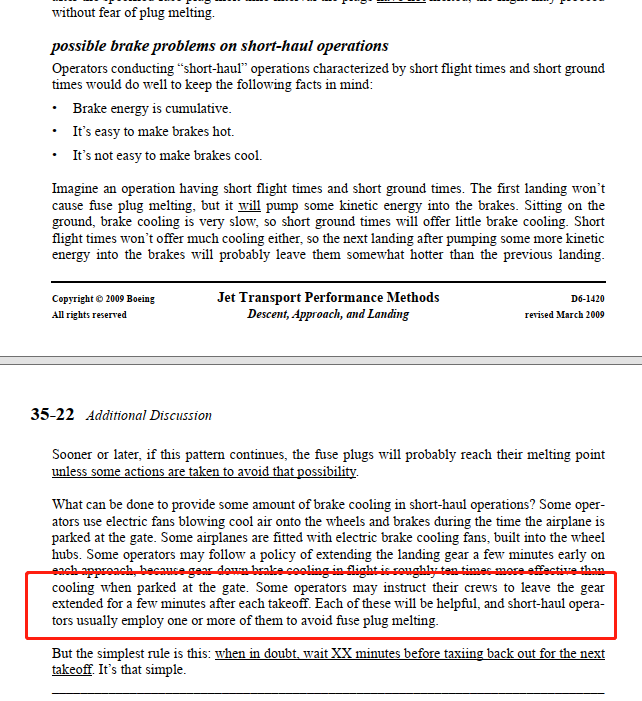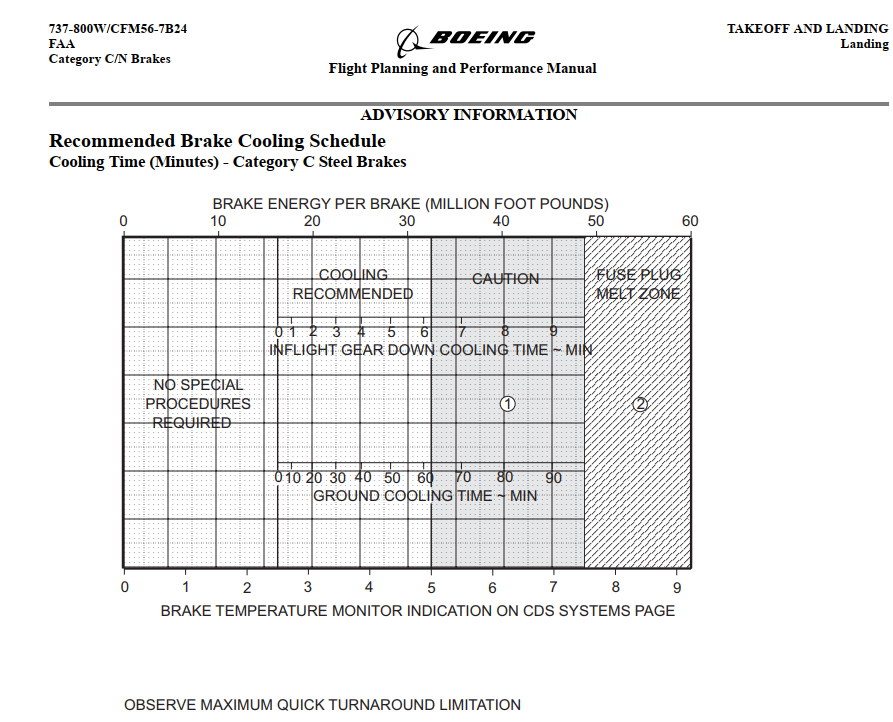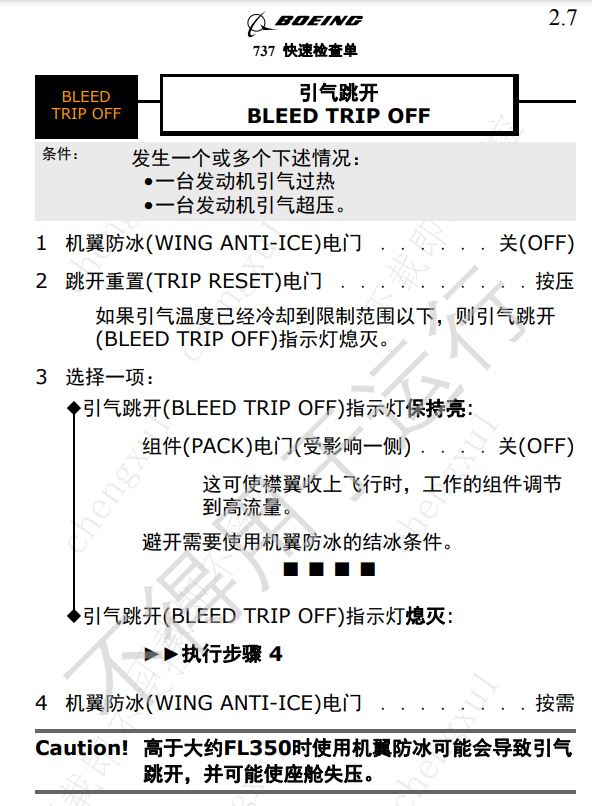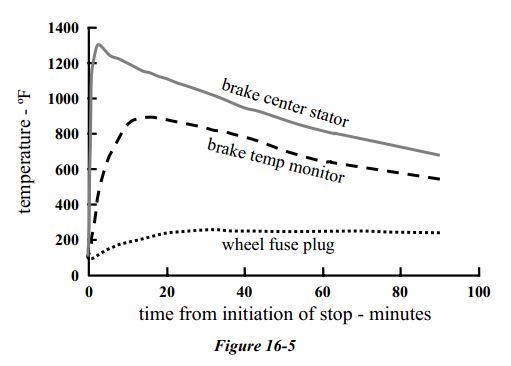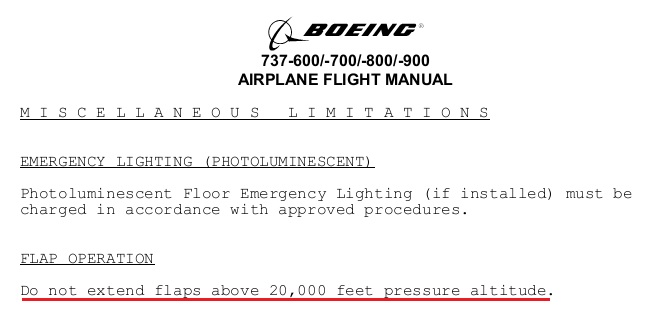前几天发现787的OPT里多了一个Windshear推力起飞。了解了一下这个选项的作用:
Windshear selections will compute the best combination of fixed derate plus assumed temperature for maximum derate or special windshear guidance information respectively.
Selecting that button will display the windshear guidance information that is entered. The user may customize that information to better suit their unique operational requirements and save those changes. OPT will display this information when the crew chooses WINDSHEAR. OPT will also calculate a “windshear” Vr (one that has been increased by up to 20 kts) to assist the crew in following standard windshear training. This windshear Vr will also be displayed in the OPT output area, but in amber. When Windshear and OPTIMUM flap is selected, OPT will use the recommended Windshear flap from the Takeoff Safety Training Aid if performance allows.
那就是会计算一个更大的Vr,便于机组在抬轮之后遇到风切变的处置。如果选择最优襟翼,那么计算出来的襟翼就是20度。你也可以选择自己需要的襟翼,同样也能计算出一个琥珀色的大Vr。机组可以在这个大Vr再抬轮。这个描述和SOP里“机动飞行-风切变”里的描述是基本一致的。

===========================================================
2025年9月12日,遇到一次可能需要使用windshear推力的情况:
羽田05号起飞,机组观察右三边有天气,因为正常起飞以后需要右转航向120所以在滑行道排队等待起飞过程中打开雷达看天气,触发了windshear ahead 的pws警告,持续时间10s左右。后续在地面等待了大约20分钟,将性能数据改用最大起飞推力襟翼18起飞。后续航班正常。
机组的确使用了windshear推力,但用的是襟翼18。
